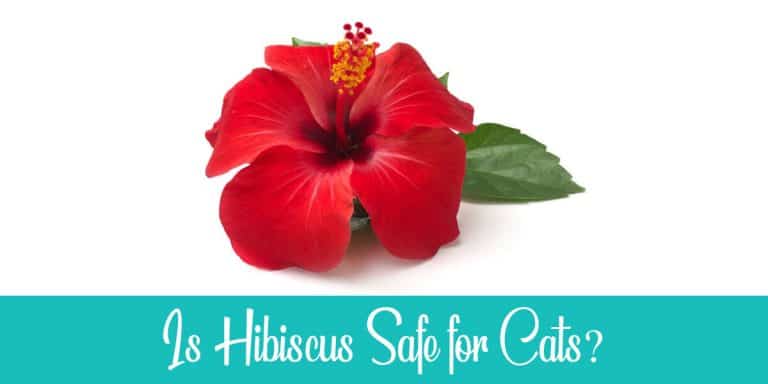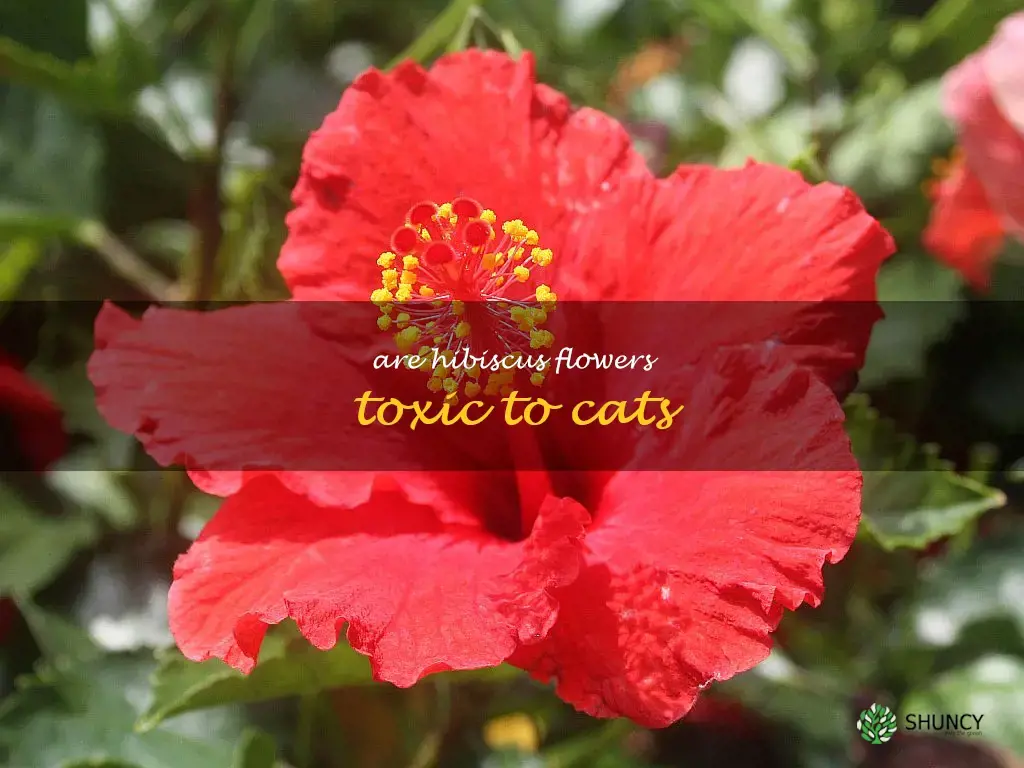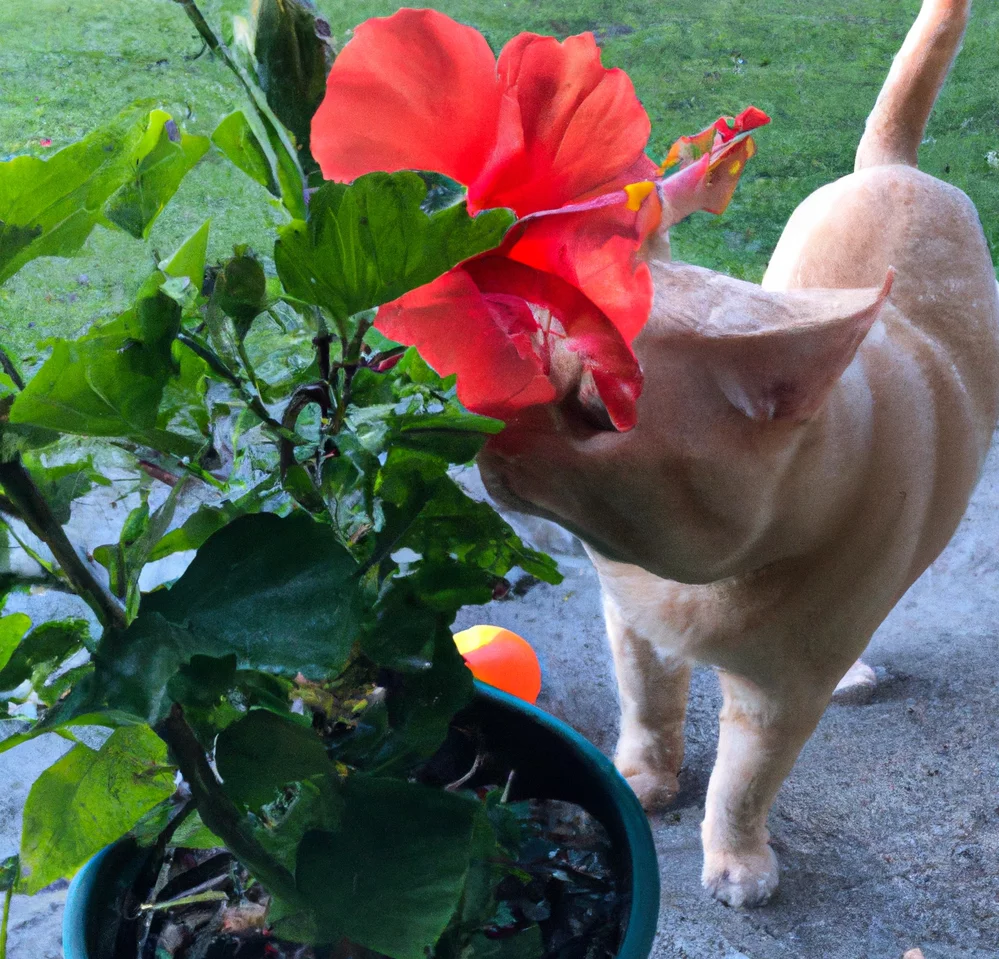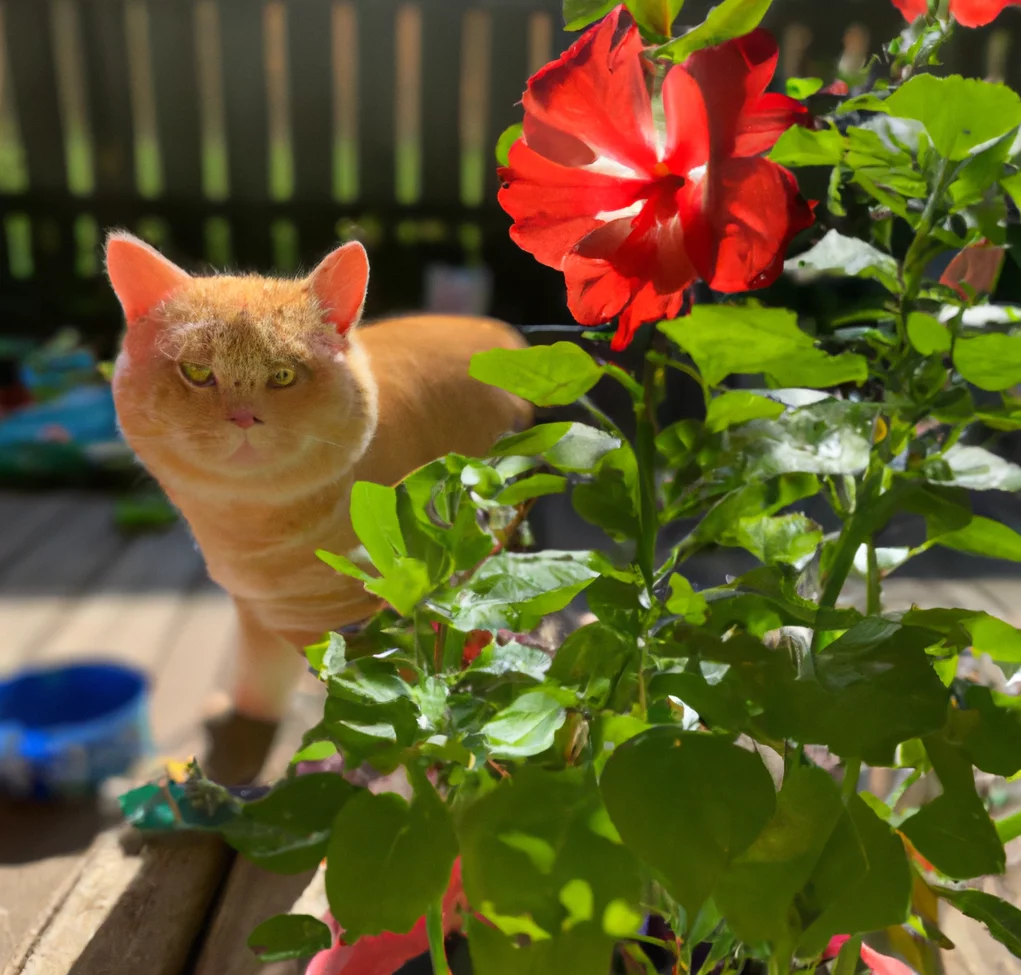Are Hibiscus Plants Toxic to Cats? A Tale Every Cat Lover Should Know

Back in 2019, I faced a dilemma that most plant-loving cat owners eventually run into: balancing my obsession for tropical color with the safety of my two rescue cats. At the time, I’d just brought home a lush Hibiscus rosa-sinensis—those oversized blooms were irresistible at the nursery. But within hours, I caught my youngest cat, Pixel, eyeing the leaves with that telltale “I’m about to taste this” look.

So, is hibiscus really toxic to cats? Here’s what actually happens in practice—not just on paper.
Hibiscus & Cats: What Really Happens When They Mix
Let’s cut through the noise: Hibiscus plants (especially common houseplant varieties) are considered mildly toxic to cats according to both ASPCA data and a handful of emergency vet calls I’ve personally made over the years. “Mildly toxic” might sound harmless, but here’s what it meant for me:
- Pixel nibbled a single leaf while I was distracted. Within three hours: one bout of vomiting and some drooling. No frantic midnight vet visit required—but it was enough to spike my anxiety.
- My older cat ignored the plant entirely. Not every feline is equally curious; age and boredom make a difference.
The symptoms? Usually limited to GI upset—vomiting, diarrhea, drooling—within 2–12 hours after ingestion. Serious complications are rare unless your cat eats large amounts or already has underlying health issues.

The Numbers Behind the Risk
In 2023, Pet Poison Helpline reported less than 0.5% of their annual plant-related calls involved hibiscus species—and almost all were resolved at home under vet guidance.
Real-World Solutions That Actually Work
1. Audit Your Plant Inventory (Don’t Assume!)
First lesson learned: Don’t trust memory or vague labels from garden centers.
- Use visual ID tools like PictureThis or PlantSnap to confirm exactly which species you have.
- Cross-check each one against up-to-date lists from ASPCA or Pet Poison Helpline—not all hibiscus are created equal (Rose of Sharon can be more irritating than tropical hibiscus).
2. Placement: Out of Sight Is Out of Mind
After Pixel’s incident, I tried moving my hibiscus onto a high bookshelf—which worked for about a week until he figured out how to leap up there via an adjacent cabinet.

The only solution that stuck:
- Install wall-mounted shelves at least 5 feet above floor level with no nearby launchpads.
- For outdoor spaces, use mesh domes (I recommend Gardener's Supply Company’s pop-up plant protectors—about $18 each) around new shrubs until curiosity wanes.
3. Cat-Proof Distractions Work Better Than Scolding
Spraying leaves with deterrents like Bitter Apple didn’t faze either of my cats—but introducing a pot of fresh wheatgrass next to their usual hangout did wonders.
- Rotate safe edible greens weekly—cat grass ($3 per pot), valerian root toys ($8–10), or even occasional dried silver vine sticks ($6 for five on Amazon).
- Place these alternatives right where your cats usually target plants; they’ll often switch focus without drama.
4. Know When It’s Time To Rehome a Plant
Sometimes prevention fails—especially with kittens or particularly stubborn cats.
I eventually swapped out my indoor hibiscus for calatheas and spider plants after realizing constant vigilance wasn’t sustainable long-term (and honestly, cleaning up vomit gets old fast). Total cost for replacements: $35 at local plant swap events.
What If Your Cat Already Ate Hibiscus? Data-Informed Response Plan
If you catch them in the act:
- Gently wipe any residue off their mouth using a damp cloth.
- Monitor closely for symptoms over the next 24 hours—keep notes on timing and severity.
- Call your vet if vomiting/diarrhea appears, especially if it persists beyond two episodes or your cat seems lethargic.
Pro tip from experience: Take clear photos of both your plant and any chewed sections—the first thing my vet asked for was proof so she could cross-reference toxicity databases quickly.

What not to do? Skip hydrogen peroxide “induced vomiting” tricks unless directly instructed by your vet—they’re risky and outdated advice.
Case Studies From Fellow Cat Owners
In March 2022, one client reported her Maine Coon developing mild diarrhea after chewing Rose of Sharon blooms outside; fencing off the area resolved it inside two weeks (cost: $40 in materials). Another reader found her adopted Bengal obsessed with flower buds; installing ceiling-hung planters ended his access completely—a hack she now swears by for any trailing foliage indoors.

My own failed first attempt involved sticky tape barriers around pots—it looked terrible and only seemed to encourage more investigation from bored felines!
The Analyst’s Bottom Line
Hibiscus isn’t public enemy #1—lilies remain far more dangerous—but real-world experience shows even “mild toxicity” can mean unnecessary stress (and mess) at home. The best outcomes come from:
- Confirming every plant species you own
- Using vertical space wisely
- Offering safe alternatives tailored to your particular cat’s habits
- Being ready with clear photos and symptom logs if something goes wrong
If you want pet-safe color without compromise, try African violets or Boston ferns as proven swaps—they’ve survived three years in my house unscathed by curious paws!
Bottom line? With some strategic planning—and maybe a few lessons learned the hard way—you can enjoy lush greenery and peace of mind knowing your feline friends are truly safe.
And if all else fails…there’s always fake plants!



